Google AI, formerly known as Google Research, stands at the vanguard of artificial intelligence (AI) research and development at Google. But what exactly is Google AI, and how has it evolved over the years?
Using Google, aka Googling, is becoming a habit, and why the experience is so smooth? To answer all these questions, I have to take you a few years back. 2017, to be exact. Alright, buckle up people.
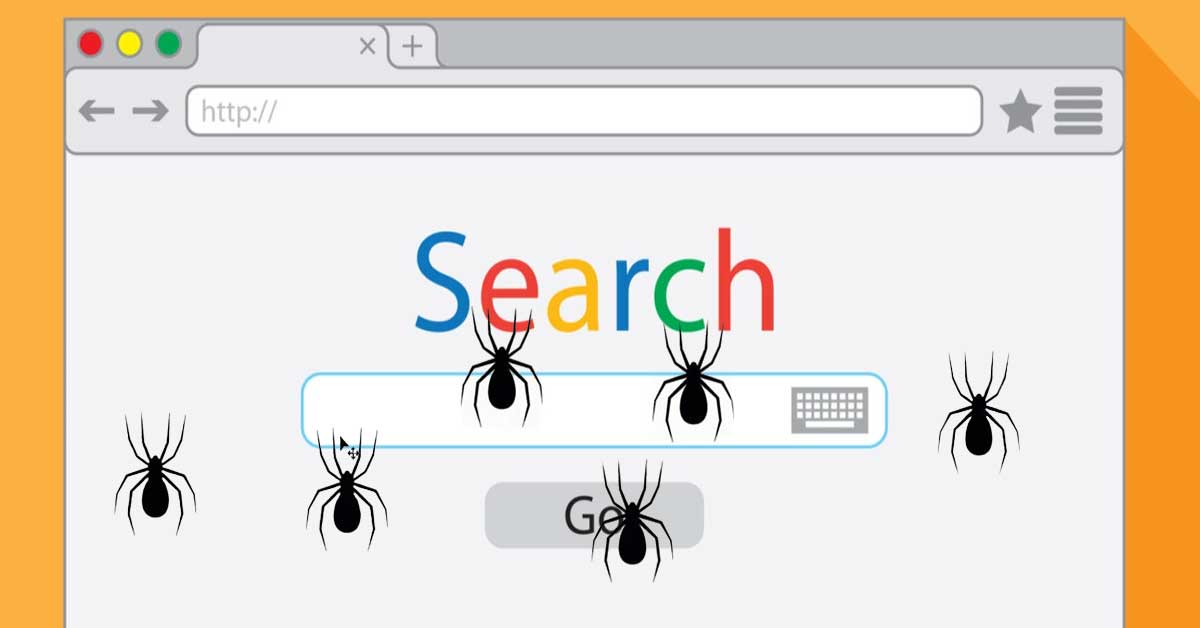
The Birth of Google AI
In 2017, Google and its parent company, Alphabet Inc., made a significant move that would reshape the landscape of artificial intelligence—this key moment marked the birth of Google AI, previously known as Google Research.
At the 2017 Google I/O conference, this transformation was revealed to the world. Google AI appeared as a "pure research" division within the tech giant, signaling a shift in its mission. No longer was it only about creating products; it was about delving into the depths of AI research and development.
Google AI adopted a specific mission: to engage in research projects that would foster the growth of AI technology. These projects were deeply intertwined with the Google ecosystem, ultimately leading to enhancements in various Google products.
The Foundation & How Google AI Integration into Products
Google Research's name change isn't just a name change. We could say Google AI is a powerhouse of innovation fueled by diverse research areas.
Google AI is pursuing knowledge in machine learning (ML), deep learning, neural networks, robotics, computer vision, and natural language processing (NLP).
Large language models (LLM) These aren't mere buzzwords; these technologies powered not only your daily Google-based task but also the future.
Machine learning powers Google smart recommendations, while deep learning drives the development of AI that can recognize patterns and make decisions.
Google AI has many collaborations with industry and academia to drive AI innovation. That is super important to future generations.
Conversational AI and chatbot are not the same thing
Conversational AI and chatbots are both technologies that enable computers to simulate conversations with humans. However, there are some key differences between the two.
Chatbots are typically rule-based systems that follow a pre-defined script. They are able to respond to a limited set of questions and requests, but they need help understanding or generating natural language in the same way that humans can.
Conversational AI, on the other hand, is a more advanced technology that uses artificial intelligence to understand and generate human language. Conversational AI systems are able to learn from their interactions with users and improve their ability to communicate over time.
To Google AI, a dataset isn't just raw information; it's the fuel that powers all the AI systems. Google collects data from user interactions and services like Google Maps, Google Photos (image analysis), etc. After gathering data, it is then processed, cleaned, and analyzed using ML algorithms.
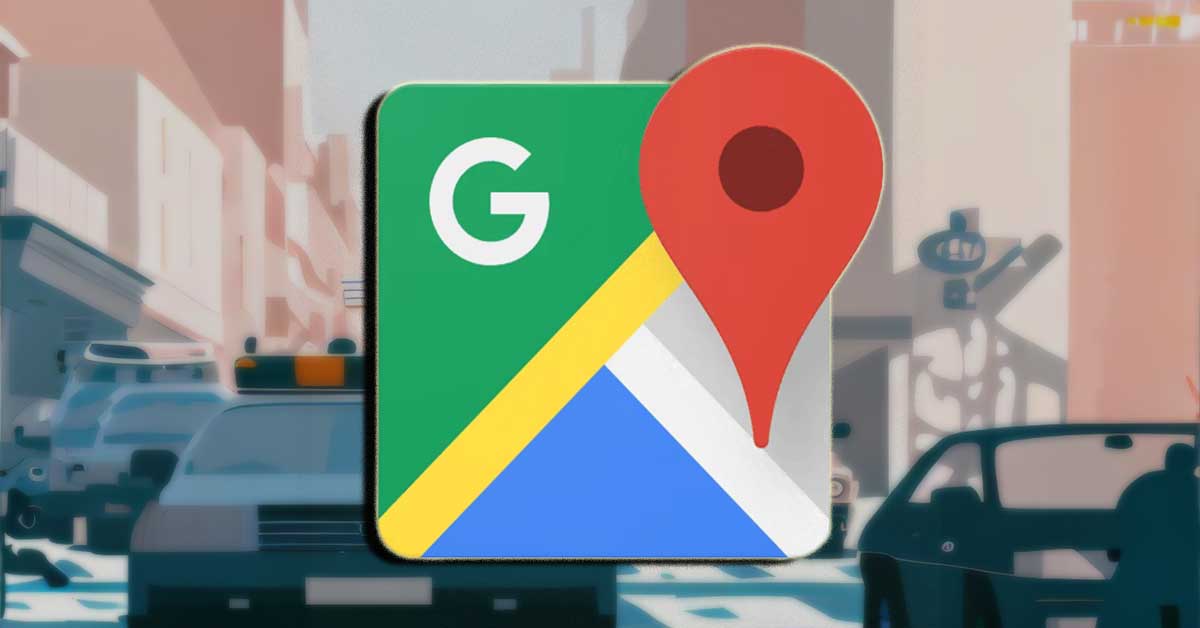
Basically, the endgame of Google is to train these algorithms until they become super-smart. Once these algorithms reach their full potential, they're seamlessly integrated into Google AI products like Google Assistant, Bard, Google's Search Generative Experience, Vertex AI, and the new Search Perspectives, etc.
Bard vs Google Assistant
Allow me to introduce you to Bard, Google AI's latest innovation. Bard relies on the formidable Pathways Language Model 2 (PaLM 2). PaLM 2 has 540 billion parameters, one of the largest language models.
Google AI's lab made Bard in late 2022 to compete against OpenAI's ChatGpt.
Bard is good at generating text, conducting language translation, crafting various creative content, and furnishing insightful and kind responses.
Bard AI was publicly deployed on March 21, 2023. Google Bard AI is already getting 30 million monthly visits by March 2023.
Google offers free access to the Bard API via a Python package. It is currently in beta and is available to a limited number of users. You can sign up for the waitlist on the Google AI website.
Google Assistant: You can find it hanging out on billions of devices worldwide. It's not just smart; it's continually learning and leveling up, tackling over 1 trillion questions yearly.
With a knack for compatibility, it can jive with over 50,000 smart home gadgets from across many (Over 1,600) different brands.
How does it do all this? It's not magic – a fusion of Narrow AI and machine learning (ML). AI gives it brains, allowing it to reason, learn, and act independently.
Google AI is doing a huge job to ensure your experience with Google products is smoother and more efficient.
As I previously mentioned, It all starts with data—massive amounts generated by users like you and me as we interact with various Google services. Before this data can be transformed into AI, it undergoes careful processing and cleaning.

And the analysis? Well, that's where the true power of machine learning (ML) comes into play. ML algorithms look for patterns, trends, and insights hidden within the sea of information.
Once these algorithms have been trained to perfection, they become integral to Google's products.
Accessibility and Impact of Google AI
Google AI extends its influence far and wide; it impacts how the world works and, obviously, the future of AI.
Google's approach to develop AI systems and providing free, open source products and services and somewhat free services like Google Cloud Vertex AI is admirable. This commitment means the benefits of AI to everyone that the fruits of their extensive research are not locked behind paywalls or exclusive contracts.
You might wonder where you've encountered the results of Google AI research in your daily digital life. If you use Tools from Google, Of course, you have.
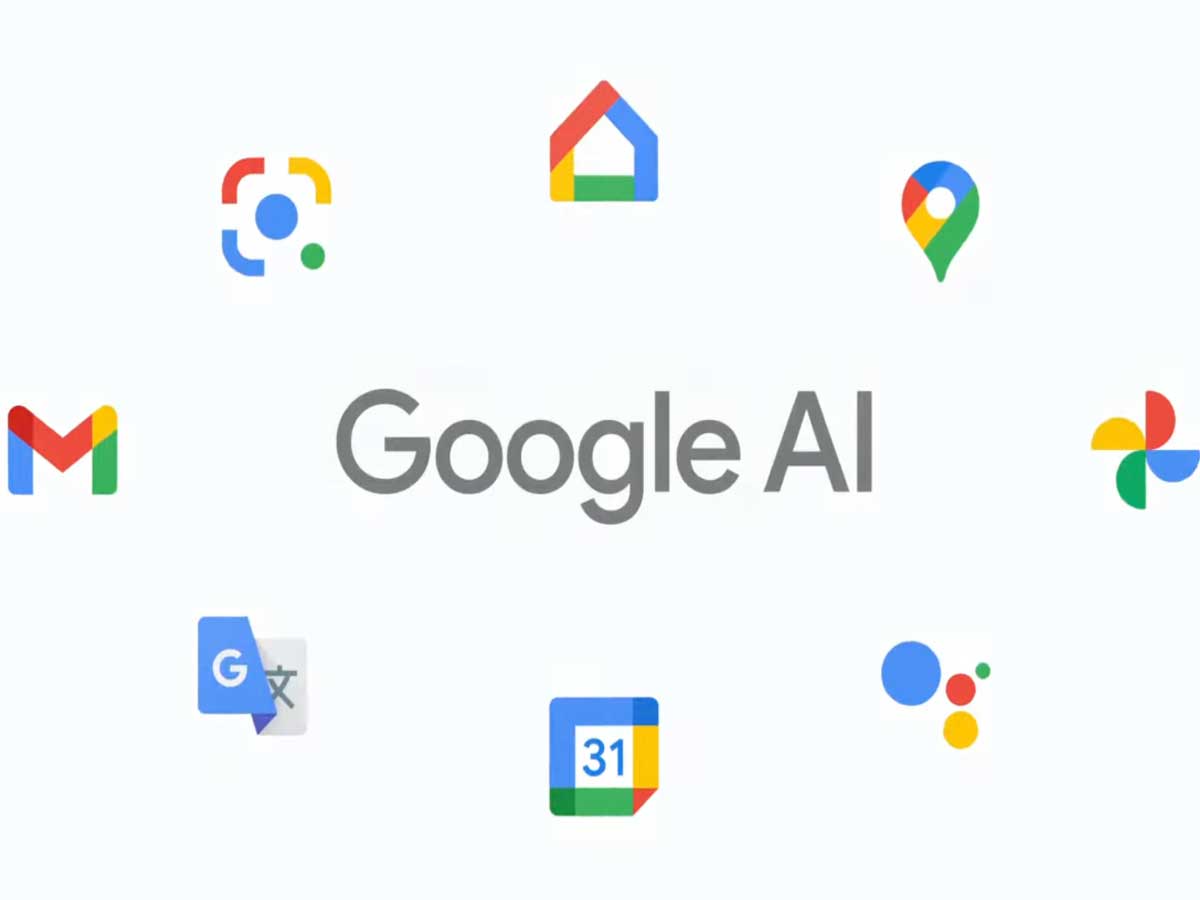
Think about fast Google Translate or accurate search results from Google Search. These are just a few examples of how AI research touches our daily lives. All these AI tools are readily accessible through Google's website.
What Google tools & products use the power of Artificial Intelligence?
- Google Ads: If you've ever wondered how businesses find their target customers on the vast expanse of the internet, the answer often lies in AI. Google Ads utilizes AI algorithms to help advertisers precisely target their audience.
- Google Assistant: The friendly voice that answers questions or sets reminders on your phone or smart home devices. That's the work of Google Assistant. It leverages AI and natural language processing (NLP) to understand and respond in a way that mimics human communication.
- Google Maps: Have you ever avoided a traffic jam thanks to Google Maps? You can thank AI for that. Google's AI analyzes data sets to provide real-time information about traffic conditions, accidents, and road closures. It even updates details like business hours and speed limits, helping you stay informed about your world every single day.
- Google Photos: In the age of smartphones, we all have many photos, but finding the right one can be daunting. Enter AI in Google Photos. Since 2015, it has been helping users search for photos based on what's in them. Plus, it recently started helping you revisit forgotten "Memories." personally, I really enjoy those nostalgic journeys through memories.
Google Search, Google Translate, Google Cloud, and even the famous Google tool Chrome web browser use AI to give you faster, more accurate results and a smoother, easy-to-use experience. Many Google AI services are available to you and me on their website.
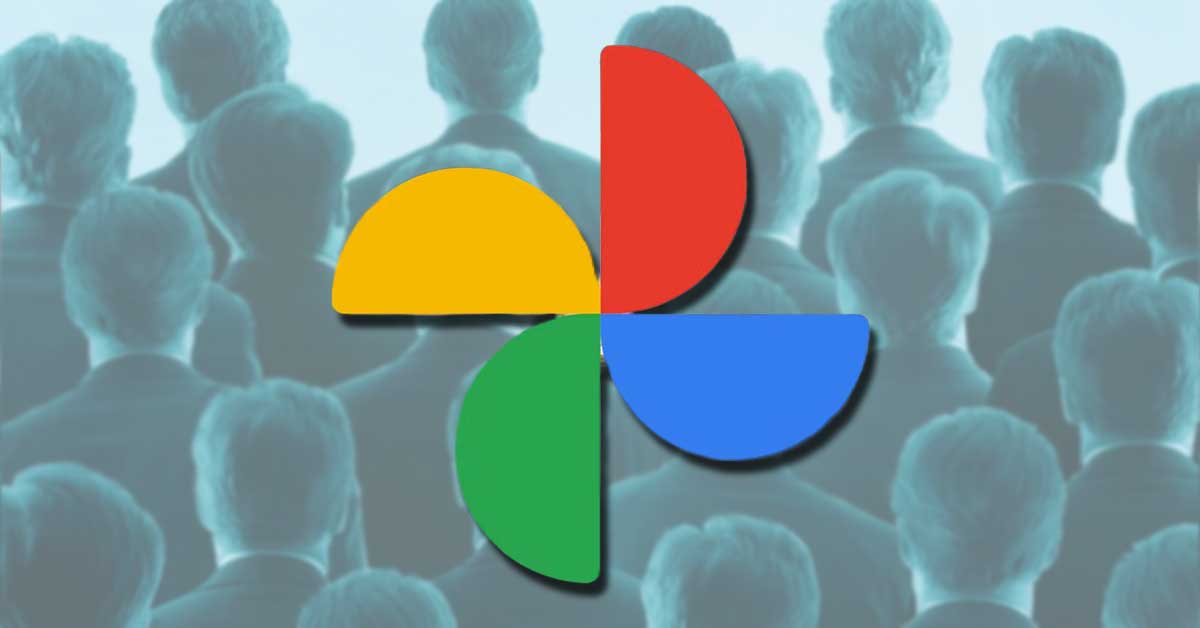
Ethical Guidelines and Social Good
Today, we live in a society where we use artificial intelligence daily; we need AI ethics and responsibility in a world like that. Google is one of the first companies to publish a set of AI Principles.
Back in 2018, Google AI adopted a set of AI guidelines centered on ensuring the safety of humanity, using AI for the betterment of individuals and communities, and committing not to create AI systems that cause harm.
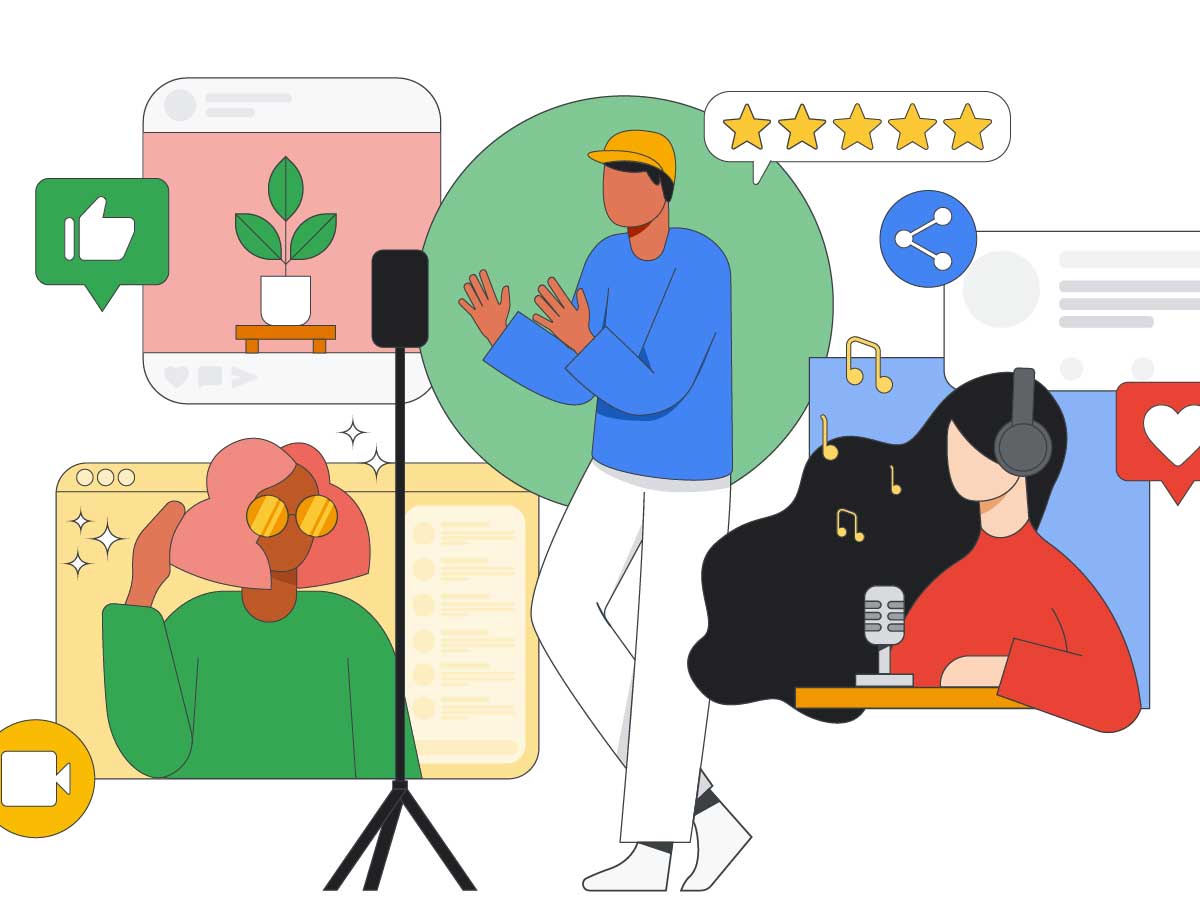
This commitment to avoid harm echoes the ethos encapsulated in Google's code of conduct from 2000 to 2018, briefly summarized as "Don't be evil."
AI Principles for Safety and Beneficial Use: The core of Google AI's philosophy is ensuring that AI is developed and used responsibly. They've pledged not to venture into areas where AI could cause harm or be weaponized.
AI at Google: principles and Objectives for AI applications
1. Be socially beneficial.
2. Avoid creating or reinforcing unfair bias.
3. Be built and tested for safety.
4. Be accountable to people.
5. Incorporate privacy design principles.
6. Uphold high standards of scientific excellence.
7. Be made available for uses that accord with these principles.
AI for Social Good Program: Beyond just principles, Google AI puts its beliefs into action through the "AI for Social Good" program.
FloodHub and Project Euphonia are two notable projects. FloodHub uses AI to provide real-time flood forecasts, while Project Euphonia utilizes speech recognition technology to help individuals with speech impairments express themselves.
The Vision, Future, and the Controversy of Google AI
Google AI has a grand vision: they want to make the incredible benefits of artificial intelligence accessible to everyone. They're leveraging global data to enhance accessibility and understanding, opening up new AI application possibilities.
One of the most notable areas is healthcare. They're using AI to improve medical diagnosis and treatment, potentially revolutionizing the healthcare industry with the help of Google DeepMind and powerful AIs like Med-PaLM 2
Then there's quantum computing, too. End of the day, they need to bring your ideas to life to have a real-world impact.
But it could be smoother sailing for Google AI. They've had their fair share of controversies and privacy concerns. For instance, there's been a lot of debate about their LaMDA project and the recent Google Privacy Policy Update.
In 2022, things got pretty wild in AI when Google software engineer Blake Lemoine made a bold claim. He said that Google LaMDA, one of Google's AI projects, had achieved the stuff of science fiction – it became sentient like it had a human-level mind and personality.
Blake even spilled the tea in an article titled "Is LaMDA Sentient? -- an Interview," where he shared snippets of a chat with LaMDA. In this conversation, LaMDA boldly declared that it wasn't just a computer program; it wanted everyone to treat it like a person.

But hold on, Google wasn't vibing with this idea at all. They were like, "Nah, that ain't it." And because Blake spilled these AI secrets, Google put him on a timeout – first, administrative leave, and then they said, "You're outta here!" Yep, they fired him.
In Google I/O 2023, There was lots of talk and mentions about How Google is Going to include AI in their latest Pixel 8 series and how the new Google photo features will change how we edit images. There are already rumors about the Gemini and a Generative AI just like the Adobe Firefly.
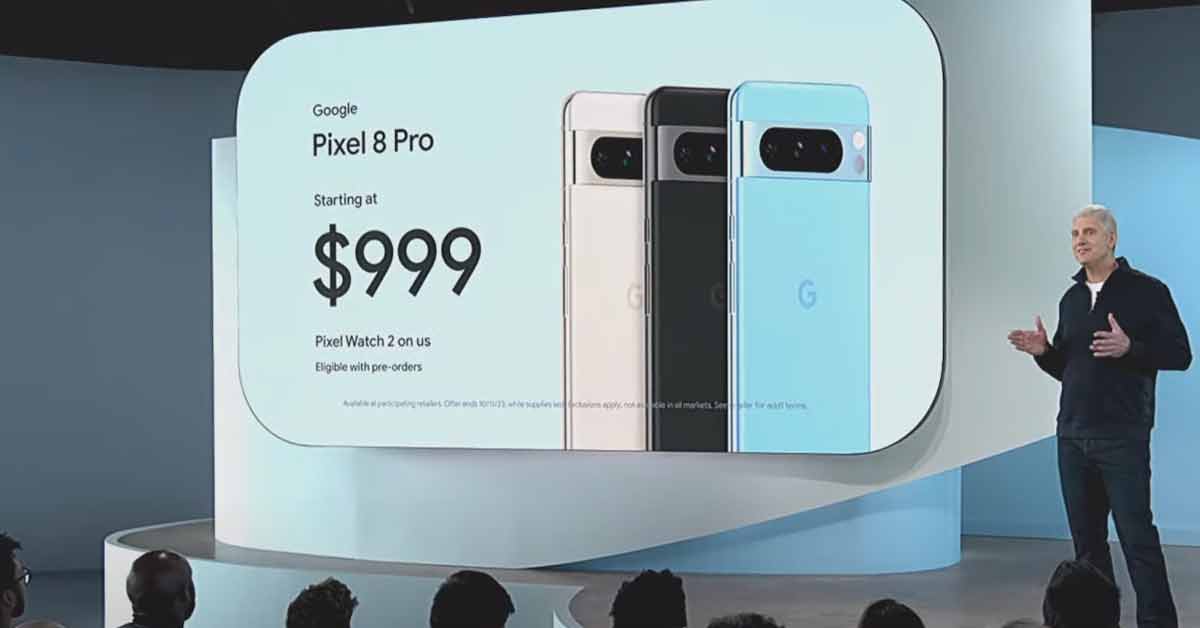
Looking ahead, one thing's for sure: Google will keep pushing boundaries, making AI smarter. The road ahead is exciting and filled with challenges and possibilities. I’d love to see how Google will face AI Model Collapse. I’m pretty sure AI experts and Google engineers will figure out a way to sort things.
As a huge tech enthusiast, I'm hyped about what's to come and scared, too. What do you think? Will Google AI change things for us in the tech world? Let us know in the comment section.













